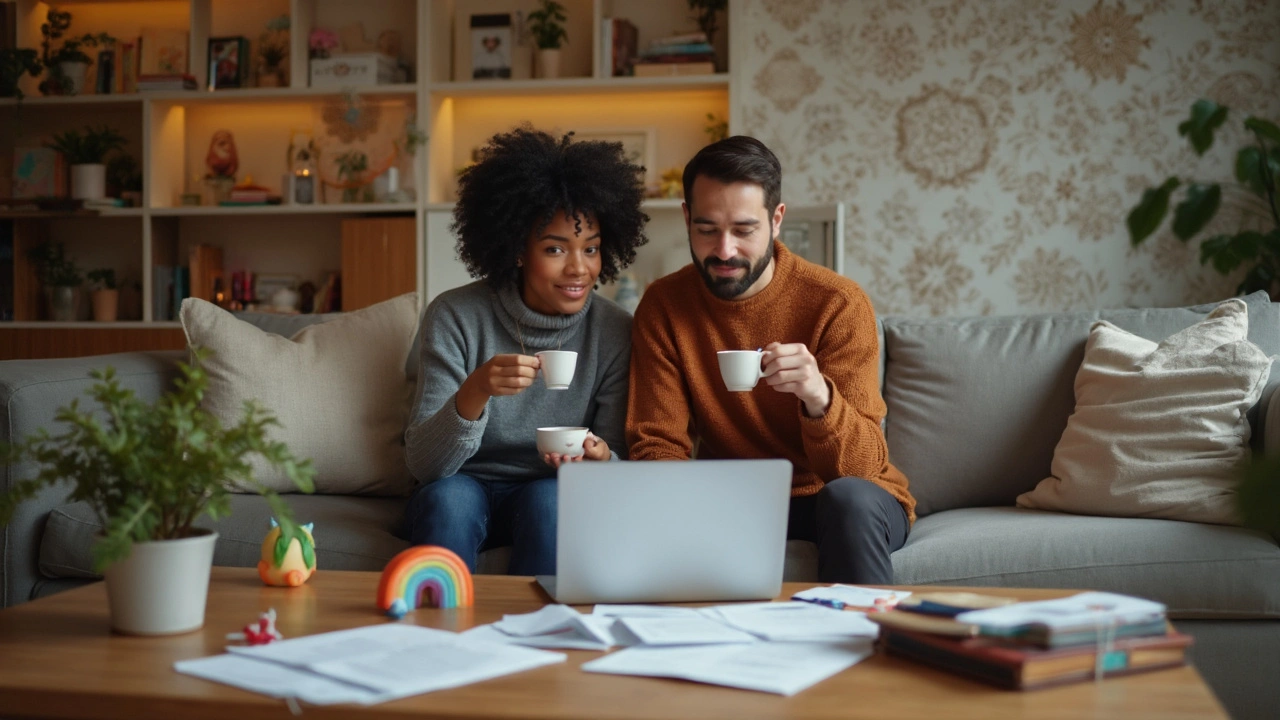LGBT Family Planning: Clear Options and First Steps
Want a child but not sure where to start? LGBT family planning has more options than ever, but the choices feel personal and messy. This guide gives clear, usable steps so you can choose what fits your life, budget, and values.
Pick your parenting route
Start by naming the routes that actually work for you: adoption, foster care, donor conception (sperm or egg), intrauterine insemination (IUI), in vitro fertilization (IVF), surrogacy, or co-parenting agreements. Each path has different timelines, costs, and legal hurdles. For example, adoption and foster care often take longer and require home studies, while donor conception can be quicker but needs careful donor screening and paperwork.
Think about medical needs too. Transgender people may need fertility preservation (sperm or egg freezing) before medical transition. If fertility treatments are required, ask clinics about trans-inclusive care and hormone management during procedures.
Legal, financial, and practical checks
Law matters. Parental rights depend on where you live. Some places grant automatic parentage to both partners; others require second-parent adoption or a pre-birth order. Talk to a family lawyer who knows LGBTQ cases before treatments, adoption placement, or signing surrogacy contracts.
Costs range widely. Adoption varies by type (private, agency, international). IVF and surrogacy can run high—often thousands to tens of thousands of dollars. Check insurance: some plans cover fertility testing or treatments; others don’t. Many clinics list pricing; get written estimates and ask about package deals or refunds if cycles fail.
Pick your care team. Find an LGBTQ-friendly fertility clinic, adoption agency, or counselor. Ask direct questions: Do you have staff trained on trans health? Can you provide legal referrals? Are donor records open or anonymous? Trust your instincts—if a clinic feels dismissive, keep looking.
Donor and surrogate selection needs thought. For donors, decide on known vs anonymous, medical screening, and whether you want an open future relationship. For surrogacy, prioritize clear contracts that cover medical decisions, payment, and parental rights. Use agencies or vetted attorneys to avoid risky shortcuts.
Mental health matters. The process can be emotionally intense—grief, delays, or judgment from others are common. Work with a therapist who understands LGBTQ family building and infertility. Join local or online support groups to share real-world tips and emotional support.
Practical checklist: 1) Decide routes you’ll consider. 2) Meet a family lawyer. 3) Consult an LGBTQ-friendly clinic or agency. 4) Get fertility testing and consider preservation if needed. 5) Budget and confirm insurance coverage. 6) Line up counseling and peer support.
Every journey looks different. With clear steps, legal help, and supportive providers, you can turn uncertainty into a plan that actually works for your family. Start by making one call this week—to a lawyer, clinic, or support group—and build from there.

LGBT Family Planning Guide: Key Steps to Choosing Donors, Surrogates, and Legal Support
This deep-dive explores LGBT family planning, from the nuts and bolts of picking egg or sperm donors, and navigating surrogacy contracts, to untangling tricky legal details depending on where you live. It covers practical advice, useful real-life tips, and vital questions to ask every step of the way. Readers get a clear look at how to build a family on their terms. Expect concrete examples, current facts, and guidance tailored for LGBT parents. The guide links directly to an even more comprehensive resource for those craving step-by-step breakdowns.
Categories
- Medications (50)
- Health and Medicine (46)
- Health and Wellness (34)
- Online Pharmacy Guides (15)
- Nutrition and Supplements (7)
- Parenting and Family (3)
- Environment and Conservation (2)
- healthcare (2)
- prescription savings (1)
Popular Articles

How to Buy Cheap Generic Doxycycline Online Safely
Sep, 28 2025


